Entry Category: Arts - Starting with M
Monticello Post Office (Historic)
Monument to Confederate Women
 Monument to Confederate Women
Monument to Confederate Women
 Monument to Confederate Women
Monument to Confederate Women
Moore-Jacobs House
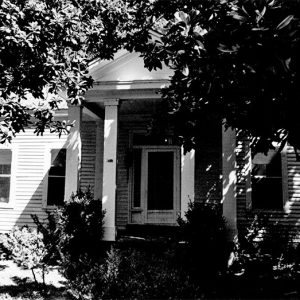 Moore-Jacobs House
Moore-Jacobs House
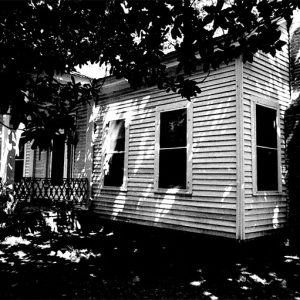 Moore-Jacobs House
Moore-Jacobs House
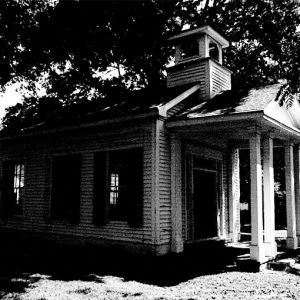 Moore-Jacobs House Chapel
Moore-Jacobs House Chapel
 Moore-McIlroy Loading Area
Moore-McIlroy Loading Area
Moore, Justin Cole
 Moorefield School
Moorefield School
Moorman, Charlotte
aka: Madeline Charlotte Moorman Garside
Moran, Bill, Jr.
aka: William F. Moran Jr.
Morrilton Post Office
 Morrilton Post Office
Morrilton Post Office
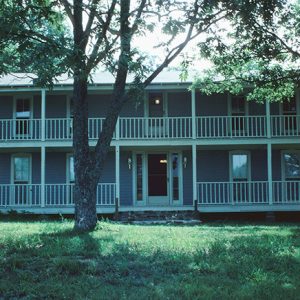 Morris House
Morris House
 Morris House
Morris House
Morris House (White County)
aka: Conley-Siler Residence
 Blind Mississippi Morris
Blind Mississippi Morris
Morrison Plantation Smokehouse
Morrison Twin Brothers String Band
Mosley, Lawrence Leo “Snub”
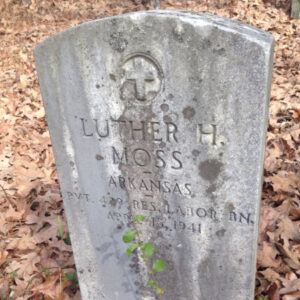 Moss Grave
Moss Grave
Mount Ida Cities Service Filling Station
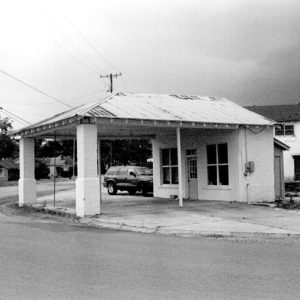 Mount Ida Cities Service Filling Station
Mount Ida Cities Service Filling Station
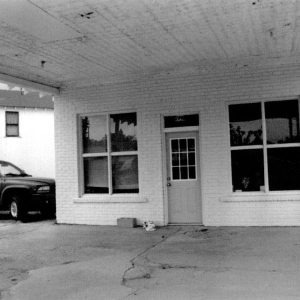 Mount Ida Cities Service Filling Station
Mount Ida Cities Service Filling Station
Mount Sequoyah Cottages
Mountainaire Hotel Historic District
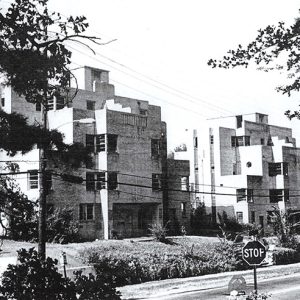 Mountainaire Hotel Historic District
Mountainaire Hotel Historic District
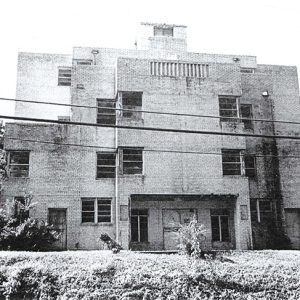 Mountainaire Hotel Historic District
Mountainaire Hotel Historic District
 Much Ado About Nothing
Much Ado About Nothing
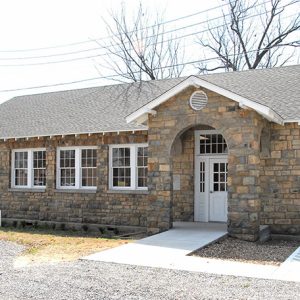 Mulberry Home Economics Building
Mulberry Home Economics Building
Murphy-Jeffries Building
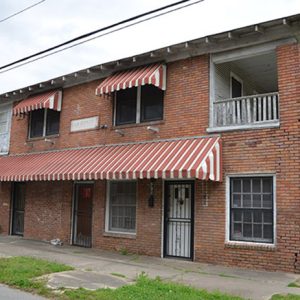 Murphy-Jeffries Building
Murphy-Jeffries Building
 Murrell-Bigger-Stone House
Murrell-Bigger-Stone House
 Murry's Dinner Playhouse
Murry's Dinner Playhouse
Murry’s Dinner Playhouse
Music and Musicians
Myers, Amina Claudine
 Amina Claudine Myers
Amina Claudine Myers




